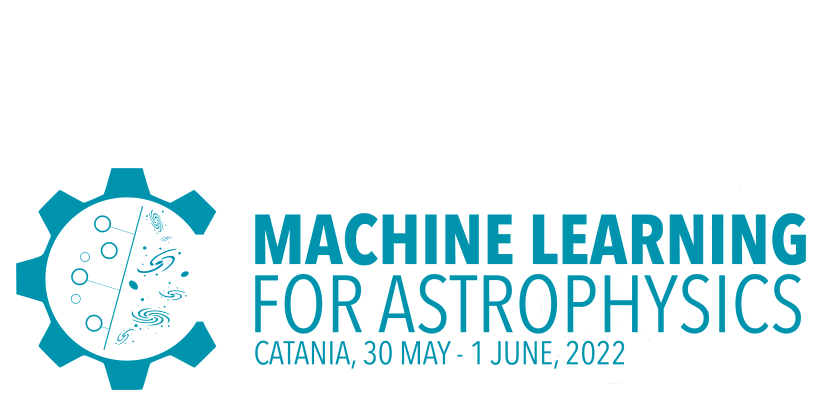Speaker
Description
The Golden age of Cosmology with high precision surveys is highly entangled with the so-called “Big-Data” era, as the future astrophysical and cosmological experiments will produce massive amount of data. Therefore, new methodologies, such as Artificial Intelligence and Deep Learn-ing, should come to play to handle the computational expensive operations, automation, and to extract non explored data features and statistics. On the other hand, there are plenty of cosmo-logical models, specifically in the Dark Energy field, which have to be tested and explored. The latter would be essential in order to analyse the data provided by the ESA Euclid satellite which will be launched in 2023.
Up to now, standard cosmological analyses based on abundances, two-point and higher-order statistics have been widely used to investigate the properties of the Cosmic Web. However, these statistics can only exploit a sub-set of the whole information content available. Along these lines, we are studying a new description of cosmic web data in the form of graphs, in which the clustering information of the matter density field would be automatically included. This form of data can be fed to Graph Neural Networks (GNN).
In this talk, we will present a new application of GNN in the large-scale structure field. We will show that by making use of raw dark matter halo catalogues, considering only mass and coor-dinates as features, the GNN can robustly discriminate among different dark energy models. Specifically, we will show the results obtained by applying the GNN on different simulated halo catalogues with various dark energy equation parameters.
| Main Topic | Deep learning |
|---|---|
| Secondary Topic | Supervised/Unsupervised/Semi-supervised Learning |
| Participation mode | In person |

